Religion
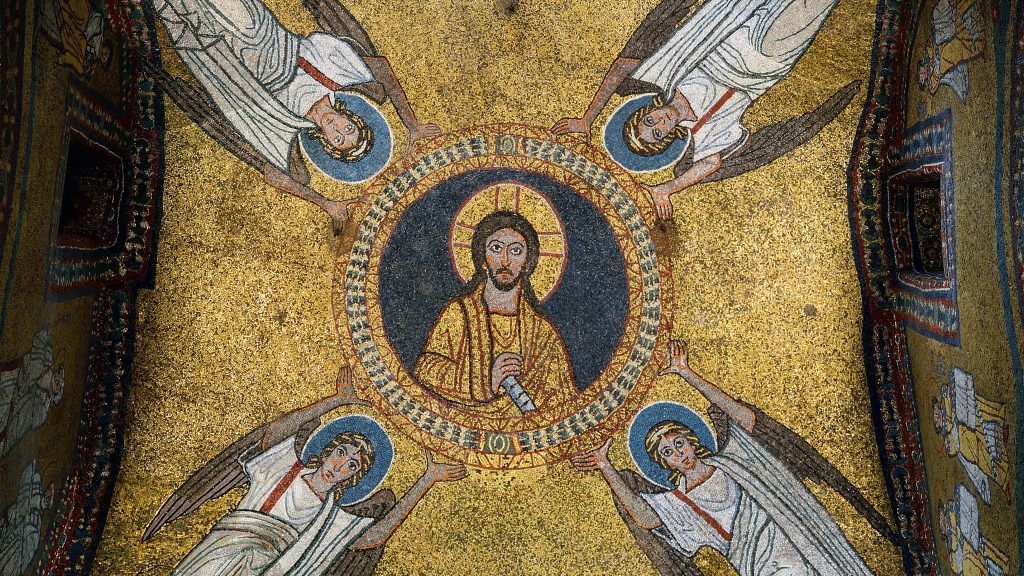
Anthropological studies of religion consistently demonstrate the dynamic and ever-changing nature of organized belief systems. These systems are constantly in flux, as are ways of understanding and categorizing them. In this unit, students will consider religion in specific sociocultural contexts. They are encouraged to consider the influence of politics, economics, cultural change, and history in shaping religion and the religious practices they will read about.
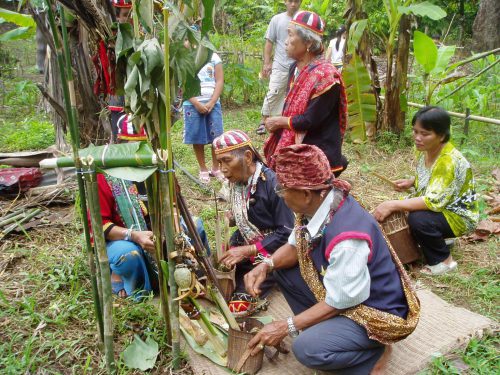
What Religious Beliefs Reveal About Post-Truth Politics
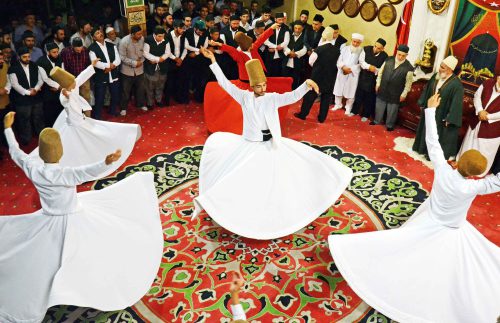
How Hearts Align in a Muslim Ritual

Coastal Eden

For the Love of Cats in Turkey

At the Intersection of Sarinah Plaza, Thamrin Street

08.03.2019
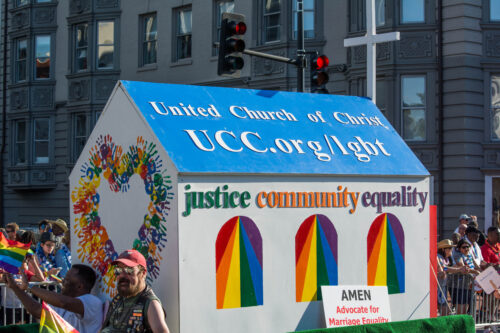
Being LGBTQ+ in U.S. Protestant Churches
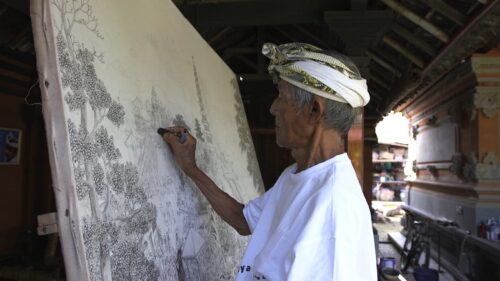
The Vibrant Worlds of Batuan Paintings in Bali

What a Community’s Mourning of an Owl Can Tell Us

Bila Mwili

Replacing Plastic Prayers With Biodegradable Blessings in the Himalayas

Taking Cultural Preservation to a New Dimension
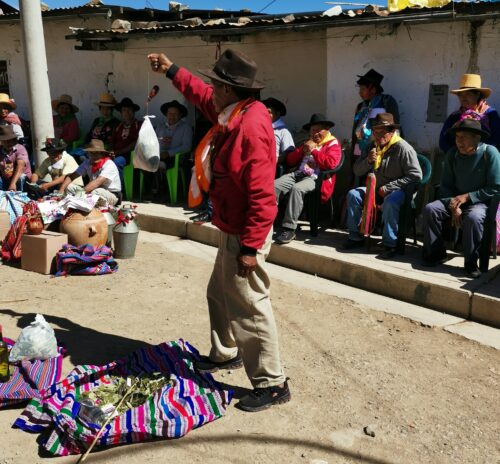
Fair and Balanced—Weighing Coca With a Wipi in Peru
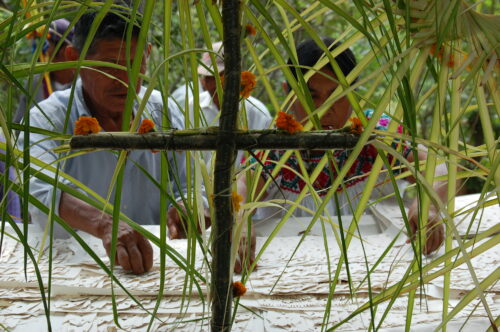
Why Nahua Pilgrims Carry Thousands of Papers Up Sacred Peaks
- Religion often brings to mind contentious issues and strong opinions about the effects of influential texts, practices, and systems on politics and social life.
- It is powerful because it gives meaning to and shapes key elements of our humanity: birth, death, the afterlife, the divine, sex, marriage, food, celebration, art, conflict and resolution, community, and politics.
- Anthropologists have demonstrated that determining what religion is and what it looks like requires cross-cultural comparisons, and that definitions of religion are continuously being contested and revised.
- Anthropology has shown that how people define religion will inevitably have important cultural and political repercussions.
- Current debates about religion include issues of: identity, human rights, tolerance and acceptance, agency, and secularism.
-
Abu-Lughod, Lila. 2002. “Do Muslim Women Really Need Saving? Anthropological Reflections on Cultural Relativism and Its Others.” American Anthropologist 104 (3): 783–790.
-
Hartikainen, Elina Inkeri. 2019. “Candomblé and the Academic’s Tools: Religious Expertise and the Binds of Recognition in Brazil.” American Anthropologist 121 (4): 815–829.
- What are some of the contemporary issues that were mentioned in this unit’s articles with regard to problems facing religious communities?
- What does Abu-Lughod’s (2002) article tell us about views of Muslim women from Western, Judeo-Christian perspectives? What argument is the author making about identity, autonomy, and human rights as they pertain to religion?
- How do these anthropologists speak about creating and sustaining community through religion and religious practices?
- What can we learn from Hartikainen (2019) about religion and the state? What do similar dilemmas look like in the U.S. or in other countries?
- Have students read SAPIENS’ “How Did Belief Evolve?” Then ask them to write a response reflecting on whether they find this theory compelling or not.
- Have students write a short essay on the power of ritual, then invite the students to have a discussion on the same topic based on their own experiences.
- Select a popular movie that has a scene depicting a ritual and ask the student (in writing or through discussion) to interpret the ritual’s processes, functions, and meanings.
-
TED Talk: Noah Feldman’s “Politics and Religion Are Technologies”
-
TED Talk: Wade Davis’ “The Worldwide Web of Belief and Ritual”
Eshe Lewis (2020)
Food
